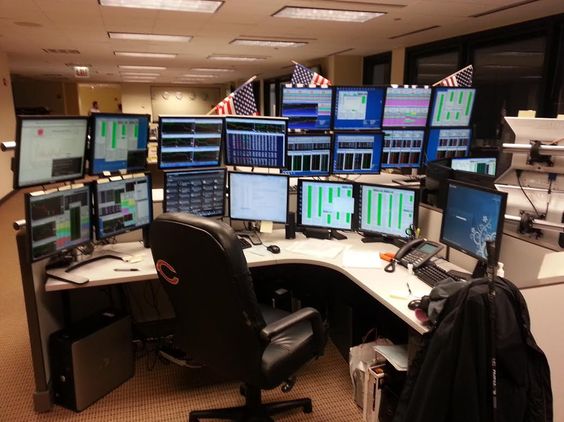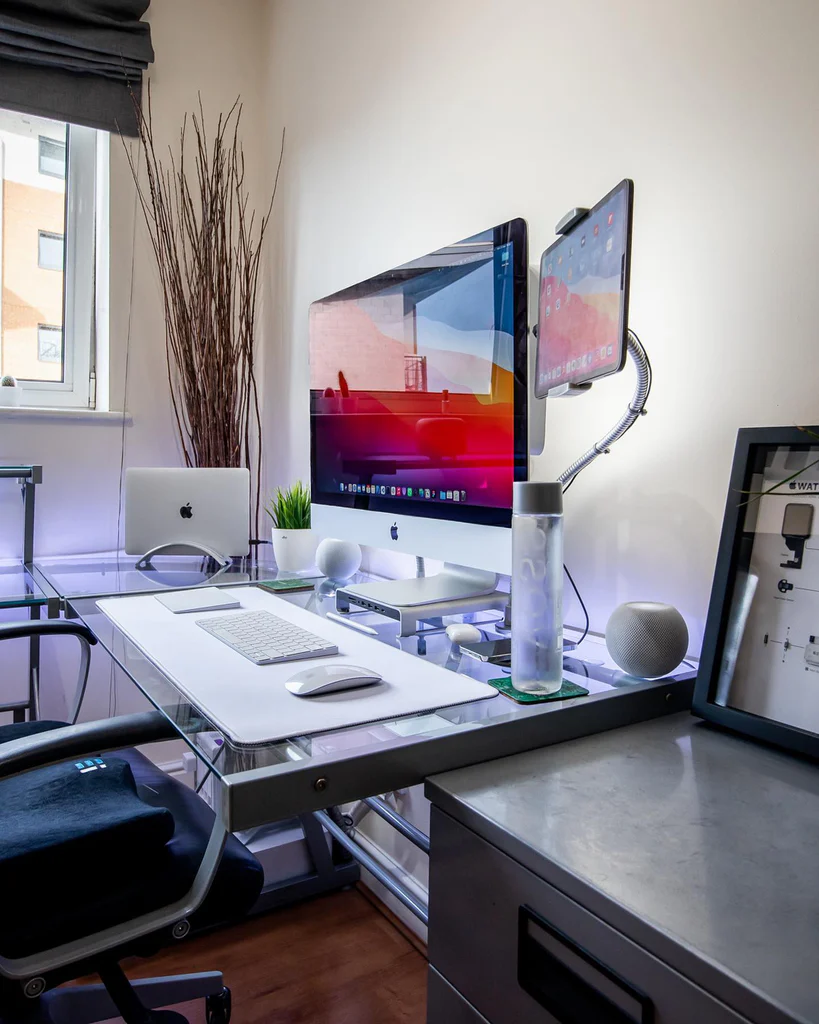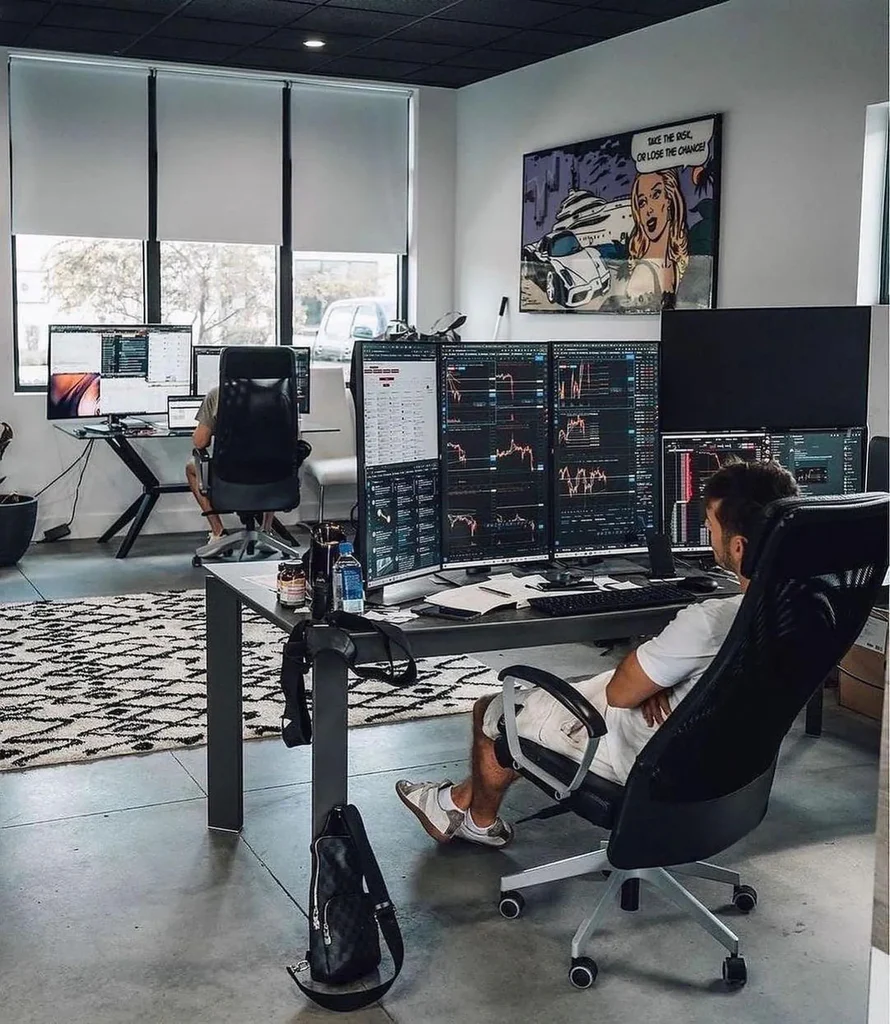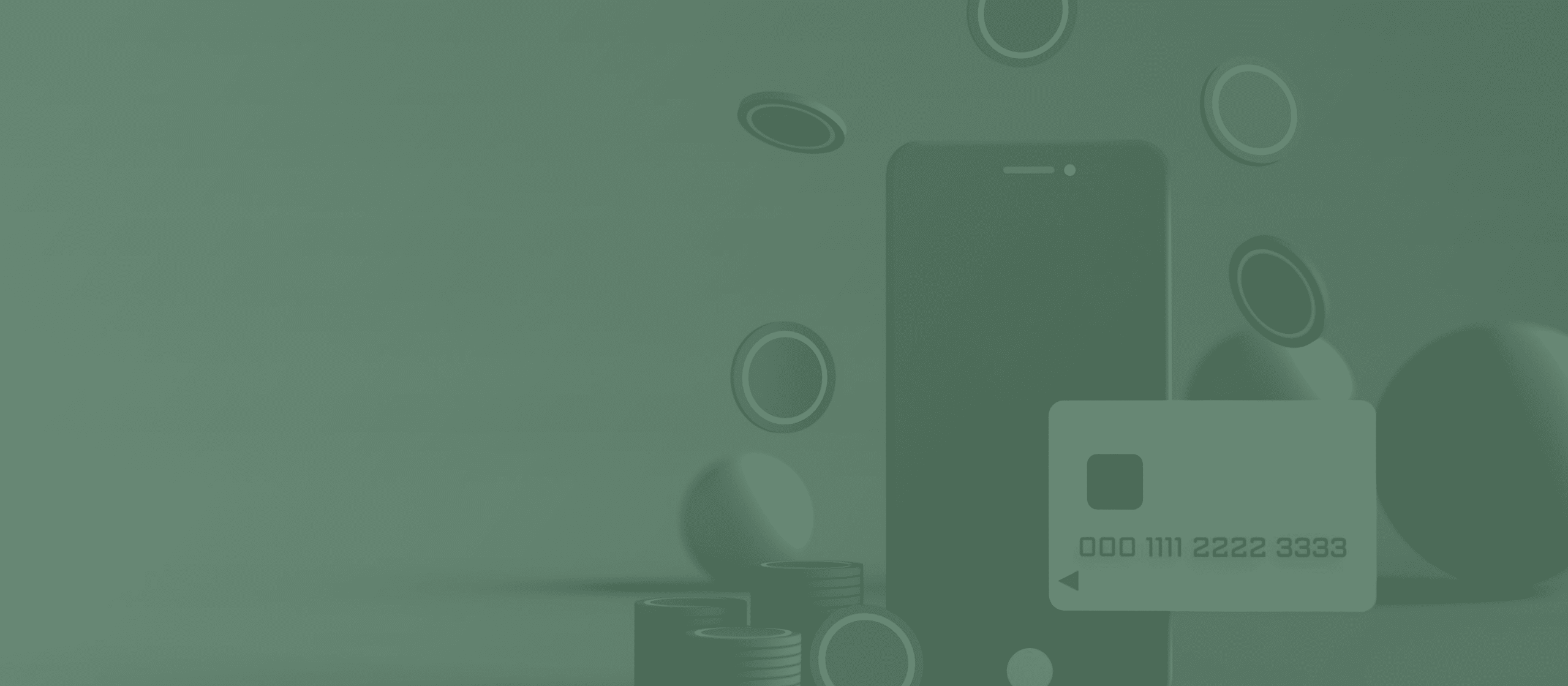The trading desk isn’t just a room; it’s a busy center where people buy and sell investments. Think of it like a stock market mini-mall! Depending on the company, you’ll find traders buying and selling for themselves or brokers who connect buyers and sellers, just like setting people up on dates!
What is the Trader Desk?
This is the trader desk, a busy place where professionals buy and sell things like stocks, bonds, currencies, and raw materials. So, it’s like a stock market marketplace in miniature but for a specific company:
- Think of it as a buying and selling center: People at the trader desk work together to find the best deals for their company or clients.
- Different specialists for different things: Just like a store has different departments, it might have sections for stocks, bonds, or currencies. Each section has experts who know that specific area well.
- Information is key: Traders use computers and screens to constantly track prices, news, and other details to make the best choices.

The History of Busy Beehives: A Look at Trading Desks
Likewise, in the world of finance, imagine a large room filled with desks – that’s a trading floor. Each desk, like a tiny beehive, is a trading desk. This is where the buying and selling of investments, like stocks and bonds, happens within a bank or investment firm.
Before the 1970s, these desks were scattered around different departments. But with the rise of electronic trading, things changed. Now, trading desks are often grouped, with specialists for different investments like stocks or currencies. So, some investment firms even hire bigger institutions to handle their trading desks.
The people who work at trading desks are licensed professionals who focus on specific investments. They use fancy computer systems and work with special partners called “market makers” to find the best prices for their clients.
The Traders and their Roles
- The Info Hunters: These are the analysts, digging through data to find trends and patterns. They quietly share their findings with the traders who make the calls.
- The Matchmakers: The brokers connect buyers and sellers, just like setting people up on dates! Their voices fill the room as they chat and negotiate deals.
- The Daring Doers: The proprietary traders buy and sell for the company itself, taking calculated risks. Their decisions can have a big impact on the company’s bottom line.
How Does a Trader Desk Make Money?
However, there are a few key ways to generate revenue:
- Commissions: When acting as intermediaries, they charge commissions on each trade they facilitate. This is similar to how a real estate agent earns a commission for selling a house.
- Spreads: The difference between the price a trader desk buys a security for and the price it sells it for is called the spread. By carefully managing these spreads, it can generate profits.
- Proprietary Trading: Some desks take calculated risks by buying and selling securities for the firm’s account. Profits from successful trades contribute to the bottom line.
Trader Desk Setup: Not for the Faint of Heart
In the same way, building a successful trader desk requires significant resources and expertise:
- Technology: High-performance computers, multiple monitors, and specialized trading platforms are essential tools.
- Human Capital: Recruiting and training skilled traders, analysts, and brokers is crucial for optimal performance.
- Compliance: Strict regulations govern financial markets, so ensuring compliance is an ongoing process.
- Market Access: Building relationships with exchanges and other market participants is vital for executing trades.
Want to be a trading superstar? Your desk setup matters! Here’s what you need for a winning workspace:
Likewise, imagine a screen full of live market info, charts, and news – that’s your tech hive! You’ll need multiple high-quality monitors to see everything. A powerful computer keeps things running smoothly so you can make quick decisions based on the latest info.
Ergonomic Hive: Comfort is Key
However, traders spend long hours glued to their screens. Therefore, ergonomic chairs are essential for preventing repetitive strain injuries. Get a comfy chair with good back and neck support. An adjustable desk helps prevent aches and pains. Make sure your monitors are at the right height to avoid straining your eyes.

Connected Hive: Stay in the Buzz
On the other hand, super-fast internet is a must-have, just like a well-maintained hive for happy bees. This ensures you get market updates in real time and can place orders smoothly.

Organized Hive: No Tangled Web
A messy desk with tangled wires is distracting and frustrating. So, use cable management systems to keep things neat. This creates a clean workspace that helps you focus and be more efficient.
Tech-Powered Trading: Must-Have Advancements For a Trading Desk Setup
The world of trading is constantly changing, and so you need to be quick on your feet to keep up. However, one way to stay ahead is by outfitting your trading desk with the latest tech. Here’s how these advancements can give you an edge:
Building a Speed Machine
Similarly, imagine your trading desk as a high-performance race car. The core of this machine is a powerful computer with a super-fast processor and lots of memory. This lets you run complex programs and analyze data in real time, so you can make decisions fast when it matters most.
AI: Your Smart Assistant
Think of AI (Artificial Intelligence) as your brainy sidekick. It can analyze tons of past data and spot trends you might miss. This gives you valuable insights to make smarter choices and potentially frees you up from repetitive tasks, allowing you to focus on bigger market moves.
Talking Tech Takes Over
Voice-activated assistants are changing the game. Need info? Set a reminder? Maybe even buy or sell something? Just speak up! However, this frees up your hands and lets you multitask like a champ, keeping you focused on the important stuff.
See the Market in a Whole New Way
So, Augmented Reality (AR) and Virtual Reality (VR) are like having a magic window into the market. Imagine being surrounded by 3D data, letting you see trends and connections between different factors in a whole new way. These technologies are still new, but they have the potential to revolutionize how you analyze information.
Fort Knox Security
However, in today’s digital world, keeping your data safe is crucial. However, modern trading desks use fingerprint scanners and facial recognition software to make sure only authorized people can access your sensitive information. Think of it as building a digital fortress around your trading desk.
Bottom Line:
The trader desk is the busy center of buying and selling stocks, bonds, and other stuff in the financial world. It’s like a well-oiled machine with different people doing different jobs. Some folks, like analysts, dig through info to find clues about the market. However, called brokers, connect buyers and sellers, making sure things run smoothly. So, there are even risk-takers who buy and sell for the company itself, trying to make a profit. Even though computers are getting more important, however, the trader desk still needs people to figure things out, manage risks, and make quick decisions. So, it will likely stick around for a long time, even as the financial world keeps changing.
